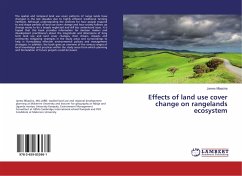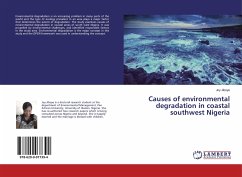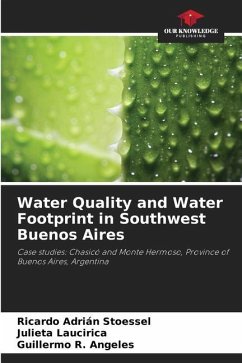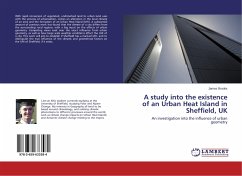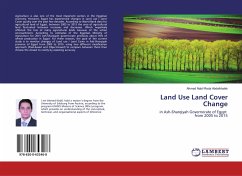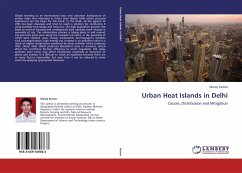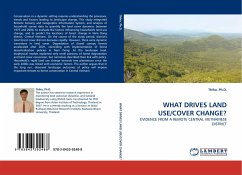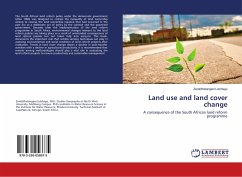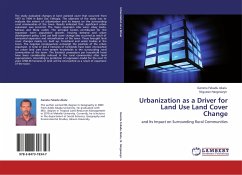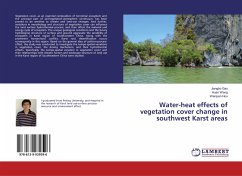
Water-heat effects of vegetation cover change in southwest Karst areas
Versandkostenfrei!
Versandfertig in 6-10 Tagen
29,99 €
inkl. MwSt.

PAYBACK Punkte
15 °P sammeln!
Vegetation cover, as an essential composition of terrestrial ecosystem and the principal part of soil-vegetation-atmosphere continuum, has been proved to be sensitive to climate and land-use changes. And further, variations in morphology and structure of vegetation cover can influence the land surface hydrothermal process, and then affect the material and energy cycle of ecosystem. The unique geological conditions and the binary hydrological structure of surface and ground aggravate the sensibility of ecosystem in Karst region of Southwestern China. Along with the prominent human-land conflict...
Vegetation cover, as an essential composition of terrestrial ecosystem and the principal part of soil-vegetation-atmosphere continuum, has been proved to be sensitive to climate and land-use changes. And further, variations in morphology and structure of vegetation cover can influence the land surface hydrothermal process, and then affect the material and energy cycle of ecosystem. The unique geological conditions and the binary hydrological structure of surface and ground aggravate the sensibility of ecosystem in Karst region of Southwestern China. Along with the prominent human-land conflict, Karst rock desertification occurs consequently in this region. Based on the general idea of pattern-process-effect, the study was conducted to investigate the tempo-spatial variations in vegetation cover, the driving mechanism, and their hydrothermal effects. Specifically, the tempo-spatial variation in vegetation cover and their relationships with climatic factors and landscape structure of land use in the Karst region of Southwestern China were studied.




